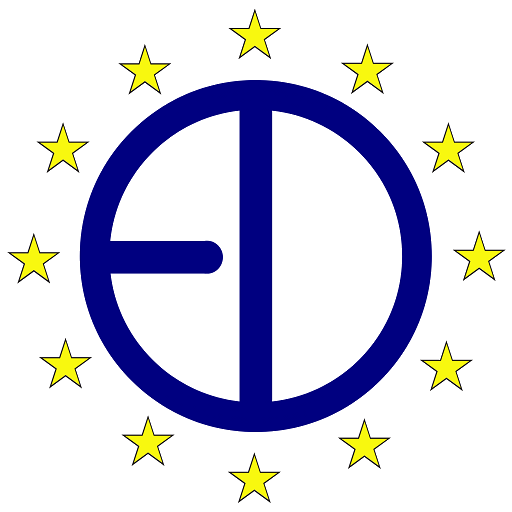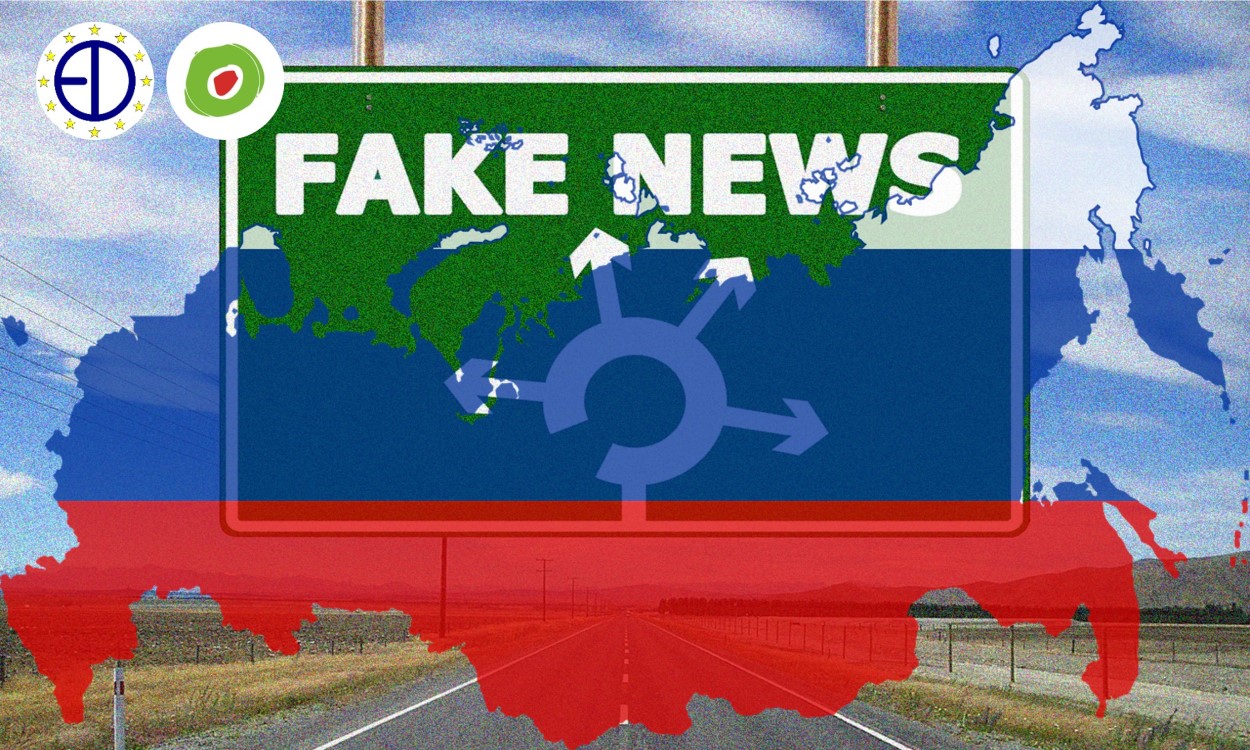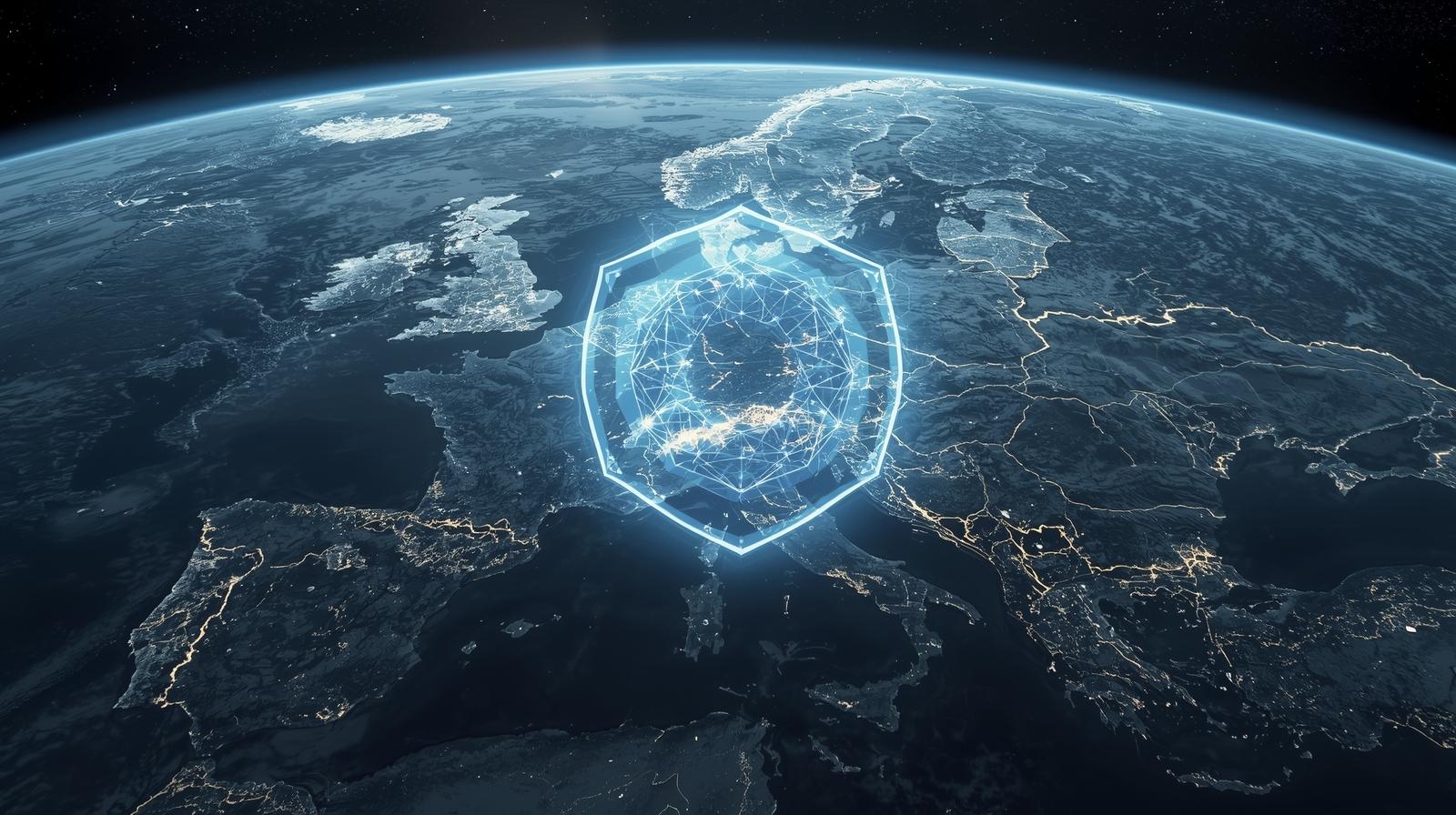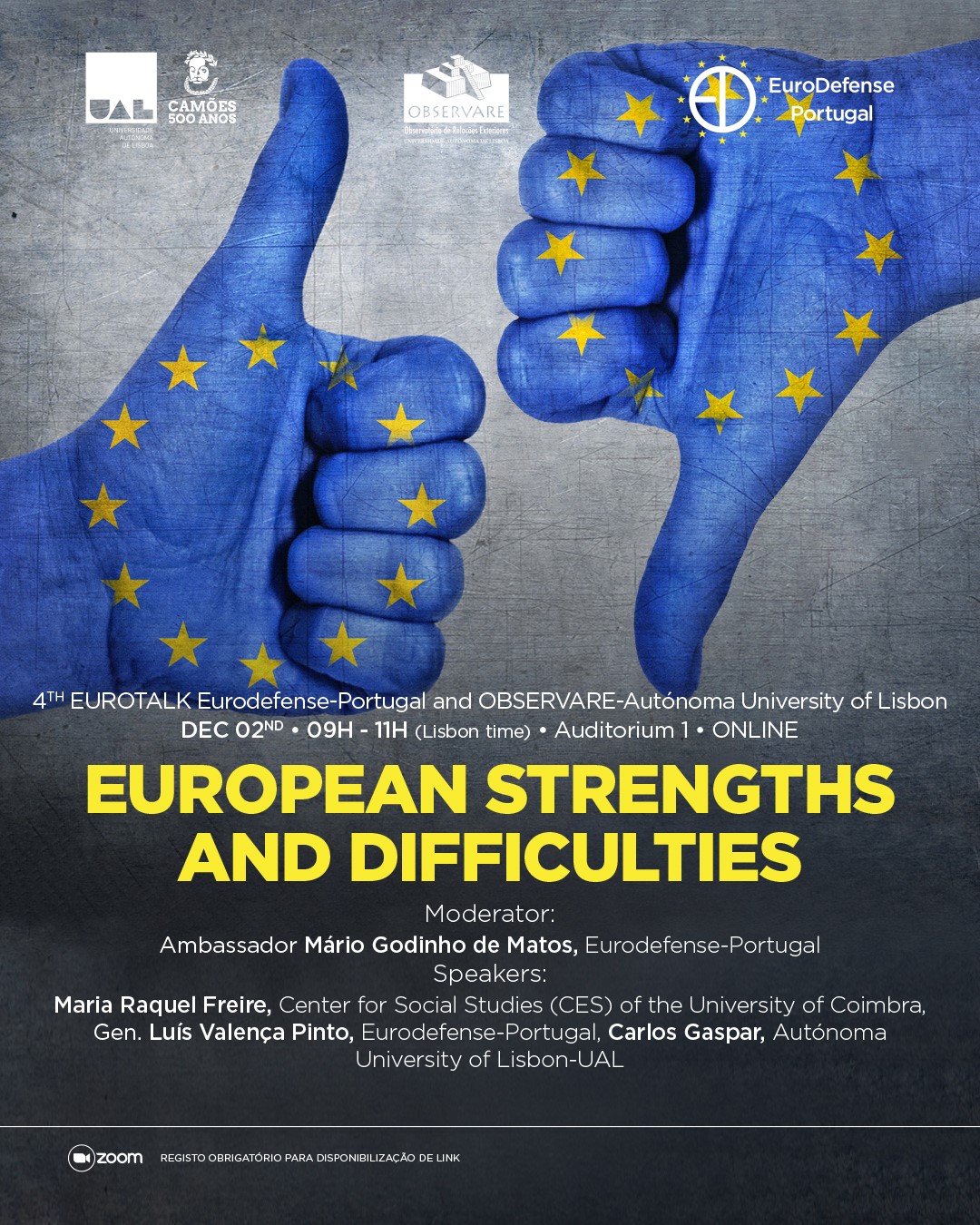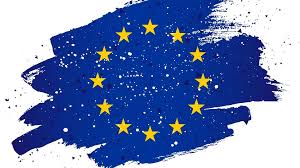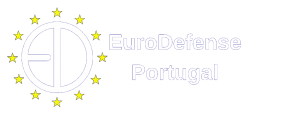Introduction
Russian strategy and tactics still take inspiration and doctrine from the Revolutionary Period, particularly from the writings of Lenin[1]. “Politics is the continuation of war by other means” and political warfare seeks to use the force of politics, as opposed to the politics of force. For General Gerasimov’s New Generational Warfare (NGW), that “is about breaking the internal coherence of the enemy system – and not about its integral annihilation”[2]. This is where aktivnyye meropriyatiya, or “active measures,” come in.
A strategical pattern can be gleaned from Russia’s attempts at information and political warfare, although adhesion to this strategy can depend on opportunity and local circumstances, namely the amount of economic, political and cultural ties between Russia and the targeted State, as well as the strength of said State’s institutions[3]. As of 2016, a group of experts found that “those countries in which Russia’s economic footprint was on average more than 12 percent of its GDP were generally more vulnerable to Russian economic influence and capture. For those countries with less than 12 percent of its GDP, these countries demonstrated greater susceptibility to Russian political influence”[4].
Even so, Russian intelligence services rely on three levers, sometimes used in conjunction, to influence and weaken other States: (1) Elite capture through the recruitment of agents within a faction of a State’s political elite; (2) Use of information operations and active measures to create political instability and promote allies; (3) Escalation through violence to create a crisis through which Russian allies can seize power[5]. The objective of our paper is to expose these levers and how they interact with one another.
1. Elite Capture and Disinformation
The Russian state has sometimes been described as a mafia state, due to its use of state-sponsored corruption and a vast patronage network protected by security affiliates. Its operations abroad mimic in many ways the tactics used at home. By securing economic footholds in strategic industries in the targeted country, Russia can lure wealthy and influential businessmen or former high-ranking public officials into its sphere of influence. Through its disinformation campaigns, it promotes friendly parties and politicians into power (or helps them secure power already attained).
In both cases, corruption is the conduit through which Russia establishes its influence. First, Russian operatives establish themselves in the targeted country through methods of ‘legalisation’, by exploiting rules of disclosure or infiltrating existing institutions already friendly to Russian interests. The objective here is to conceal their efforts, whilst providing a veneer of plausible deniability.
This when the HUMINT level of the operation begins. Russian operatives seek to recruit politicians and influential figures by offering patronage, a way into power, and wealth. The appeal of Russian support resides in its ability to engineer political support through propaganda, whilst providing means for clientelist and corruptive practices through its control of economic sectors.
Thus, in Sub-Saharan Africa: “Russia will provide elites in target countries with military support, economic and political protection from backlash via the UN or other international mechanisms, and the support of political technologists to sell their popularity domestically”[6]. The Wagner Group is known to have established domestic propaganda structures throughout the African continent: the Lengo Songo radio station in the Central African Republic, consistently amongst the three most popular radio stations in the country, is an instructive example.
In Europe, Russian influence is often introduced through its economic power in the energy and arms sectors, allowing it to acquire sizeable stakes in strategically important companies, through which it can then recruit political actors. In countries such as Hungary, Bulgaria and Slovakia, Russian deals in the nuclear and gas sectors have served as preludes to its engagement with national political parties. In Bulgaria, for example, experts point to “an interplay of reinforcing networks of influence that range from corrupt politicians and like-minded political parties to energy majors and Bulgarian oligarchs”[7].
This is in keeping with Russian strategy. “The Russian theory of change is not premised on convincing a majority, but rather on empowering politicians in the target country who will spearhead the implementation of policy favourable to Russia. The objective is elite capture”[8]. As the FOCUS 2024 report of the NIS discloses, “Singling out specific target groups on social media for pro-Russian messages and disinformation is a typical method”. One example is how Russia has increased its influence as conservative icon[9], promoting the figure Ramzam Kadyrov for influence in Muslim and Chechen communities across Europe and the Middle East. Another is its use of disinformation in Ukraine to discredit the Government after the Maidan Revolution and promote the idea of secession[10].
Thus, as a general tool, Russia’s social media campaigns may seek several complementary objectives: to foment divisive political fractures, to undermine citizen confidence on democratic governance, to popularize Russian policy agendas, or to create general distrust over information sources[11]. These tactics seek to rob the opponent of their will to fight, the strength of their institutions or the support of their population and/or allies. The promotion of identity cleavages, for example, can be particularly effective in undermining the foundations of liberal democracy[12], and Russia knows it.
Yet these efforts also play a more precise role: to empower or promote political elites favourable to Russia. They are a continuation of NGW as a “strategy of influence, not of brute force”[13]and of the strategy of elite capture. Russia places great effort in recruiting and promoting political and economic actors capable of promoting its interests in foreign countries. Disinformation and active measures are tools (amongst others) in servicing the political advancement of friendly actors. Yet all throughout its operations Russia maintains an opportunistic view of matters, and when opportunity presents itself, they may go a step further.
The methods of political warfare explained in the previous section allow Russia to achieve footholds in the targeted states, destabilising their ability to react and allowing for promotion of Russian interests. Yet from these temporary achievements Russia may seek fuller control by empowering their proxies through violent crises. This is the last stage of operations, one which has not had such successes as the previous stages, but is nonetheless attempted.
Ukraine provides one of the clearest, recent examples. Before the invasion, Russia planed for protests to provide a basis for polarisation, which would then escalate into fighting inside of Ukraine. This “state of emergency” would then provide Russia with a justification for military intervention. Collaborators within the government would then clear the path for Russian agents recruited inside the parliament and state to seize power[14]. Part of these efforts included using members from criminal organizations in Ukraine to provoke violent confrontations with the police.
A similar plot was used during the 2016 Montenegro elections, where Russian involvement is highly suspected. In those circumstances, agents from the G.R.U.’s 161 Centre[15] were tasked with recruiting elements of criminal organizations to provide the basis for seizing government buildings, whilst claims of electoral fraud would serve as a cover for the seizure of power by opposition politicians[16].
Here, Russian political warfare reaches its peak: captured political elites are thrusted into power, whilst disinformation campaigns provide a cover of legitimacy and local provocateurs, often recruited from local criminal organizations (and sometimes aided by Russian Special Services), ensure a quick, if violent, transition.
Our analysis helps to expose Russian efforts in political and information warfare, by clarifying its overall strategy and exposing a consistent modus operandi of the Russian intelligence services. It begins with the use of disinformation and active measures to polarise the targeted population, to mobilize support for allied elites and to paralyse opposing elements. Human-intelligence operations are used to attempt elite capture, by aiding supportive politicians. Eventually, Russia may seek to precipitate violent crises, providing the elite with an opportunity to take power. The effectiveness of these tactics depends not only on coordination, but on the strength of the targeted State’s institutions, as well as ties between Russia and the State. Countries with low institutional strength and/or big ties with Russia may be subject to state or social capture, whilst others may only suffer attempts at disruption or influence.
Although disinformation campaigns carry dangers in themselves, we show how States must be alert to other factors, even more so than to disinformation[17]. Corruption amongst politicians provides an opening for elite capture by Russia and promotes the political cleavages which it uses to manipulate us[18]. Meanwhile, the continuous existence of organized crime and militias provides the Russian intelligence services with tools through which to promote political violence and crises.
If liberal democracy is to survive, Western countries must deny Russia its very strategy. This implies a full understanding of how Russian mechanisms of influence, as part of New Generation Warfare doctrine, are designed to take advantage of Western rules and institutions and exploit their systemic weaknesses. The contest is not yet lost, but victory will require ingenuity and a rediscovery of our strengths, which are far greater than our weaknesses.
24 de maio de 2024
Bernardo Almeida
* Este texto foi redigido e apresentado no âmbito da participação nos Colloquia Talks, organizados pelo CECRI, em abril de 2024.
** Bernardo Almeida é aluno de licenciatura na Escola de Direito da Universidade do Minho.
[1] Abrams, S. (2016). Beyond Propaganda: Soviet Active Measures in Putin’s Russia. Connections, 15(1), 5–31. http://www.jstor.org/stable/26326426.
[2] Dimitry Adamsky, “Cross-Domain Coercion: The Current Russian Art of Strategy,” Proliferation Paper no. 54, Institut Français des Relations Internationales, November 2015, 30.
[3] Galeotti, M. (2017). (issue brief). Controlling Chaos: How Russia manages its political war in Europe, European Council on Foreign Relations.
[4] Heather A Conley et al, The Kremlin Playbook, CSIS, 2016.
[5] Watling, J., Reynolds, N., & Danylyuk, O. (2024). The Threat from Russia’s Unconventional Warfare Beyond Ukraine, 2022–24. (rep.). Royal United Services Institute.
[6] (The Threat From Russia’s Unconventional Warfare Beyond Ukraine, 2022–24, rep.)
[7] Heather A Conley et al, The Kremlin Playbook, CSIS, 2016.
[8] (The Threat From Russia’s Unconventional Warfare Beyond Ukraine, 2022–24, rep.)
[9] Heather A Conley et al, The Kremlin Playbook 3, CSIS, 2022.
[10] Inside a Russian disinformation campaign in Ukraine in 2014
[11] Weisburd, A. et al. (2016, November 5). Trolling for Trump: How Russia is trying to destroy our democracy. War on the Rocks. https://warontherocks.com/2016/11/trolling-for-trump-how-russia-is-trying-to-destroy-our-democracy/.
[12] Sharun W Mukand, Dani Rodrik, The Political Economy of Liberal Democracy, The Economic Journal, Volume 130, Issue 627, April 2020, Pages 765–792, https://doi.org/10.1093/ej/ueaa004.
[13] (Adamsky, “Cross-Domain Coercion: The Current Russian Art of Strategy”, 2015)
[14] Watling, Danylyuk and Reynolds, ‘Preliminary Lessons from Russia’s Unconventional Operations During the Russo-Ukrainian War, February 2022–February 2023’
[15] Foreign and Commonwealth Office, ‘Attempted Coup in Montenegro in 2016: Foreign Secretary’s Statement’, press release, 9 May 2019, accessed 18 April 2024.
[16] New York Times, ‘Two Suspected Russian Agents Among 14 Convicted in Montenegro Coup Plot’, https://www.nytimes.com/2019/05/09/world/europe/montenegro-coup-plot-gru.html , Accessed 18 April 2024.
[17] Wilde, G. (2024, April 17). From panic to policy: the limits of foreign propaganda and the foundations of an effective response. Texas National Security Review, Vol. 7, Iss. 2.
[18] OECD (2022), Building Trust to Reinforce Democracy: Main Findings from the 2021 OECD Survey on Drivers of Trust in Public Institutions, Building Trust in Public Institutions, OECD Publishing, Paris, https://doi.org/10.1787/b407f99c-en.
NOTA:
- As opiniões livremente expressas nas publicações da EuroDefense-Portugal vinculam apenas os seus autores, não podendo ser vistas como refletindo uma posição oficial do Centro de Estudos EuroDefense-Portugal.
- Os elementos de audiovisual são meramente ilustrativos, podendo não existir ligação direta com o texto.
